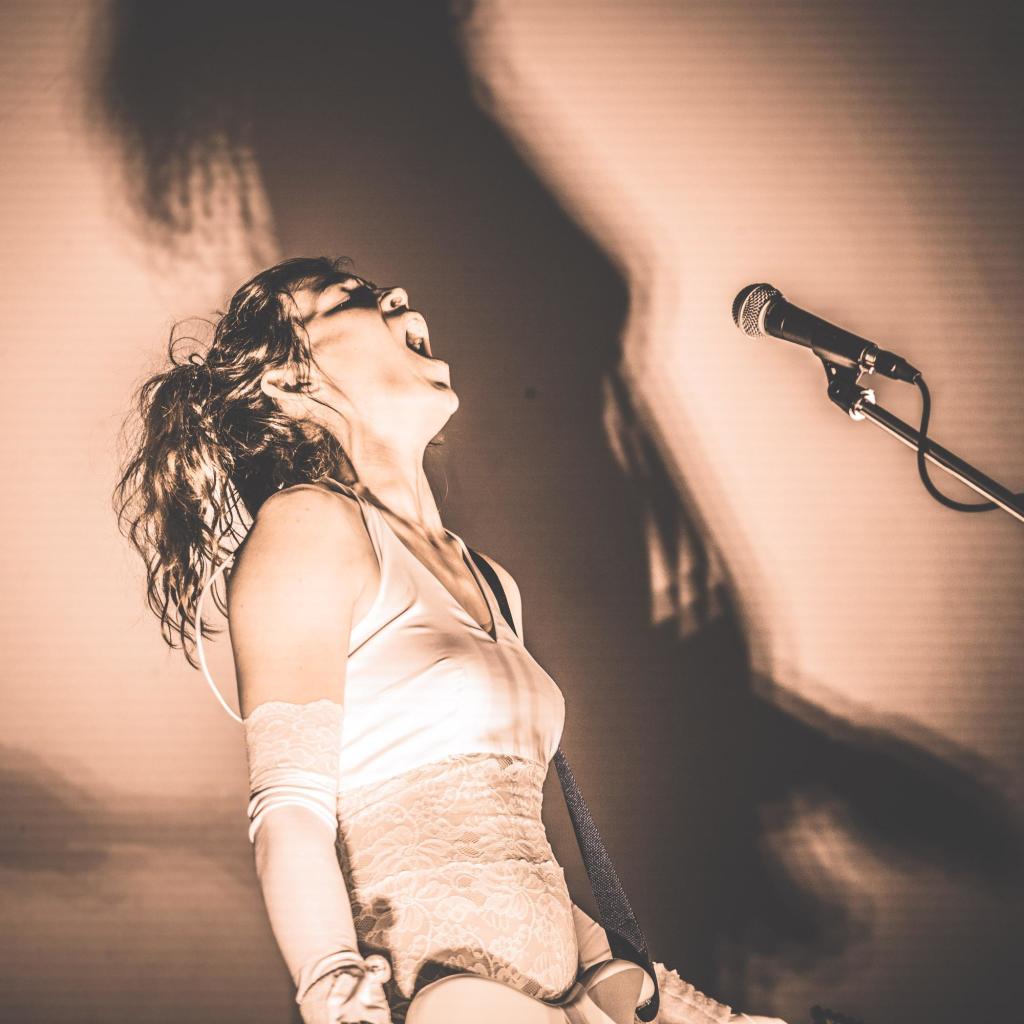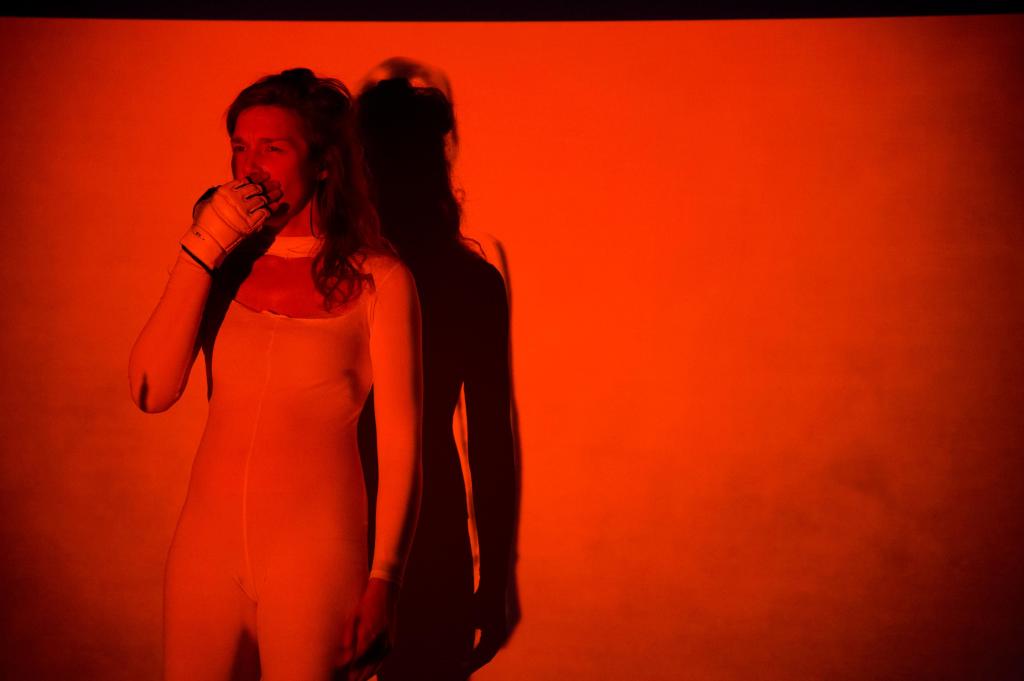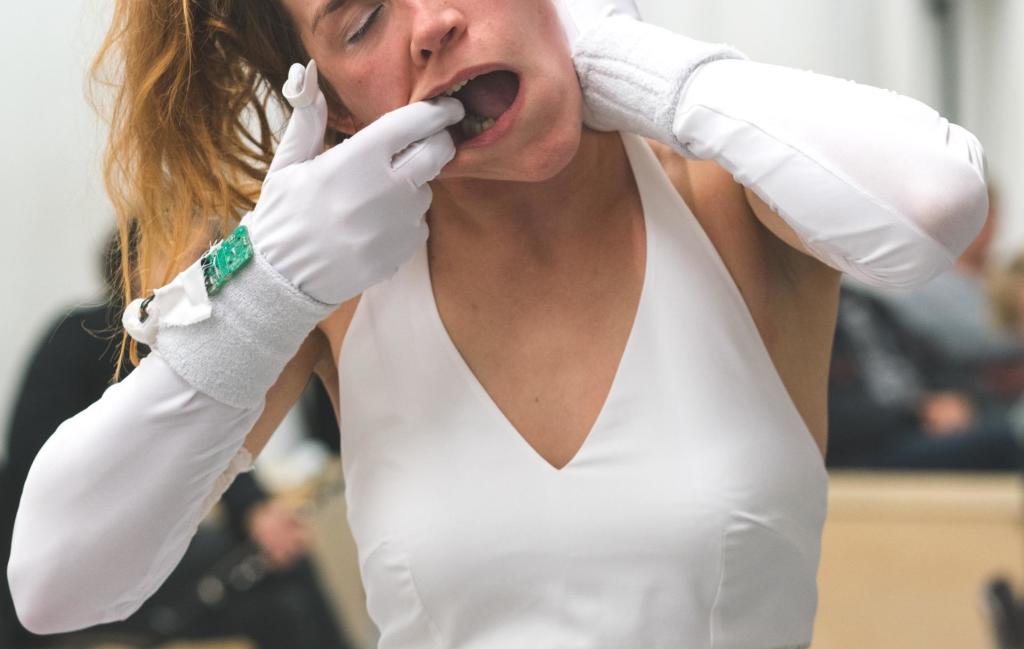bureau for
music technology
Bonny Crude
Who
Carola Schaal - Performance & Concept
Heinrich Horwitz - Choreography, Dramaturgy and Lightdesign
About the work
Clarinetist and performer Carola Schaal, together with choreographer Heinrich Horwitz, developed an ongoing concert project in which all works have a relationship to one another, influence and disrupt each other. Just like our bodies.
The first piece “about needs” (for one body, clarinet as an object, audience, video & tape) of the ongoing concert project Bonny Crude is a close collaboration between Heinrich Horwitz and Carola Schaal. The experience of the audience in this piece depends on where you sit, your gaze, your individual presence, how you move and behave and how the space is filled. The contact between the audience and me varies depending on the position; sometimes from a distance, sometimes extremely close. It reflects the constitutions and needs, which are always in motion, of Carola Schaal and Bonny Crude.
Setup
Each music piece in the performance has some kind of electronic and the setup is quite complex. In Alexander Schubert's 'Your Fox’s a Dirty Gold‘ the performer uses two accelerometers on the wrists to trigger some of the cues in the live-electronic. The same patch processes the live voice, triggers the guitar sounds, reproduces the playbacks and control light changes via an usb-dmx controller. Brigitta Muntendorf's '#AsPresentAsPossible‘ requires a special projector placement, so two projectors and a video mixer are needed for the different pieces. A four channel PA completes the technical setup. I use two computers connected with Dante to the mixing desk and stage-box. One computer takes care of the playbacks and the other one of the live electronics. The synchronization between the computers is done via OSC messages. The "playback" computer also triggers program changes on the Voice-Live over midi.
Sound Design
A traditional four channel setup is used, with the addition of a subwoofer. There is a "stage area" but it is normally not raised and the performer uses the whole hall as stage. All the microphones are kept in the "stage area" that is behind the front speakers to avoid feedback.
Realisation
Maybe the main challenge in this piece is the staging. It is not conceived as a traditional concert but as a stage performance. This means that each piece starts right where the last one ends so there is very little time to change setups, load mixer scenes or patches. The preparation and planning before the becomes then one of the most, if not the most relevant aspect of the work. Each step from the beginning to the end of the piece must be taken into account and prepared in a way to be executed very fast.


